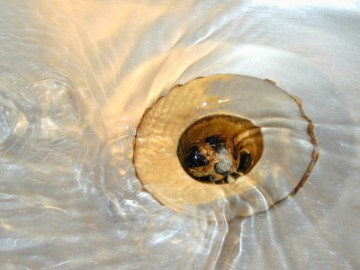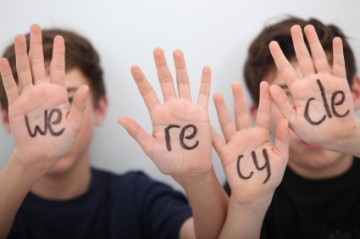Here we are exploring simple ways that help in reducing the water footprint at home. On an average, there are few activities, which drain a lot of water:
Garden: 40%, Bathroom: 20%, Washing Clothes/Laundry: 16%, Kitchen: 11%, Cleaning: 2%, Toilet: 11%
Read on to know some water-saving techniques that can save up to 70% of the average water consumption.
Water Saving Devices
Water Meter:
Install water meters to measure and check the water consumption rate. Water meter readings help to make adjustments to reduce the consumption of water. One can install these meters for both individual and apartment type of properties.
Ensure that you select a water meter that also detects low flow rate. These can easily indicate if there are any hidden water leakages at home.
Survey indicates that only 30% of the homes install water meters. As a thumb rule, an installation is required, if a house has more rooms than the number of number of people.
Faucet Aerators and Low-Flow Showerheads:
These nifty devices are inexpensive and add value in saving several liters of water per day. An aerator adds air to the water in the faucet and spreads the water as minute water droplets. Installing these can save up to 70% of water at home. It prevents splashing and slows down the rate of water flow in the faucet.
Dual Flush Toilets:
These toilets have two options – low and full volume. You can save water up to 65% by using the right option for each use. It takes about 16 liters of water for every single flush. Even though, these are slightly expensive than the older models, it also helps to save money.
Water Saving Techniques for Every Day
Do not run the tap while washing vegetables/fruits. Instead, use a bowl to wash. It also applies for cleaning the utensils, have a sink or tub to rinse and another, to wash the utensils.
Steam the vegetables and avoid boiling them unless necessary. Additionally, re-use the leftover water from cooking or steaming to water your garden plants.
If you are using a Reverse Osmosis water purification system, you must be aware that the process results in great loss of water. You can collect them to water the plants or clean the bathrooms.
Reduce the number of glasses to wash by keeping one glass for drinking water, or get a refillable water bottle.
If you need to thaw frozen food, keep it in the refrigerator. It is effective as well as a water-saver.
Running a full dishwasher actually conserves more water than hand washing. However, do remember to remove the food scraps before putting them in, as large food wastes consume more water.
Take a shower sparingly and take a bath instead. Showers are not water and energy efficient. On an average, showering wastes about seven liters per minute if the water rate is high. Take a quick and short shower. Do not run the shower while soaping the body.
Do not dispose unnecessary waste such as diapers, tissues and other waste in the toilet. Use dustbins and save several liters of water.
Rethink before using shower gel or body wash. In fact, these are more expensive, laden with chemicals and produce more scum and foam, using up more water. Soaps, on the other hand, are more water and pocket efficient. Functionally, there is very little difference between the way gel and soap works.
Front load washing machines are energy as well as water efficient than top load ones. In addition, always use less than a quarter of a cup of detergent to ensure maximum water efficiency. Use only detergents designed for front load washing machines. Standard detergents though inexpensive, cause undue strain on the washing machine.
A typical shampoo contains a number of foaming agents to give lubricious dense lather. However, research indicates that foaming does not necessarily clean the hair. In fact, sulfates (foaming agents) present in standard shampoos tend to rob the hair’s moisture, making it dry and brittle. Sulphate-free shampoos nourish as well as save liters of water per hair wash.
Have a garden that needs minimal maintenance, use plants that can thrive with a little water. Cactus, Chinese Juniper, Royal palm, Desert Rose, Cast Iron Plant, Jade, Indian Rubber Tree, Aloe Vera, and Corn are some plants that survive with low sunlight and less water.
Do not plant seeds during the summer, since it takes up more water. Monsoon is a good time to plant seeds and ensure to use organic mulching to retain more moisture.
Do not run the hose for car wash. A bucked filled with soap water followed by a quick hose rinse often does the job. Waterless car wash is in trend these days, which does not use detergents and uses just a glass of water. It uses the steam in the hose to remove dirt thoroughly.
Finally, turn off the faucets and showers tightly after each use.
Let us do our bit to protect this precious natural resource before it is too late. These tips are easier to implement than you may think, and they all start with you. What are some tips that you use to conserve water?
Read the other features of the series:
Save Our Earth: Part 1, Slim Down Your Water Footprint
Save Our Earth: Part 3, Cut down the Energy Consumption Today
Save Our Earth: Part 4, The Recycle Mantra
Save our Earth: Part 5, Green Living Ideas for Responsible Living






